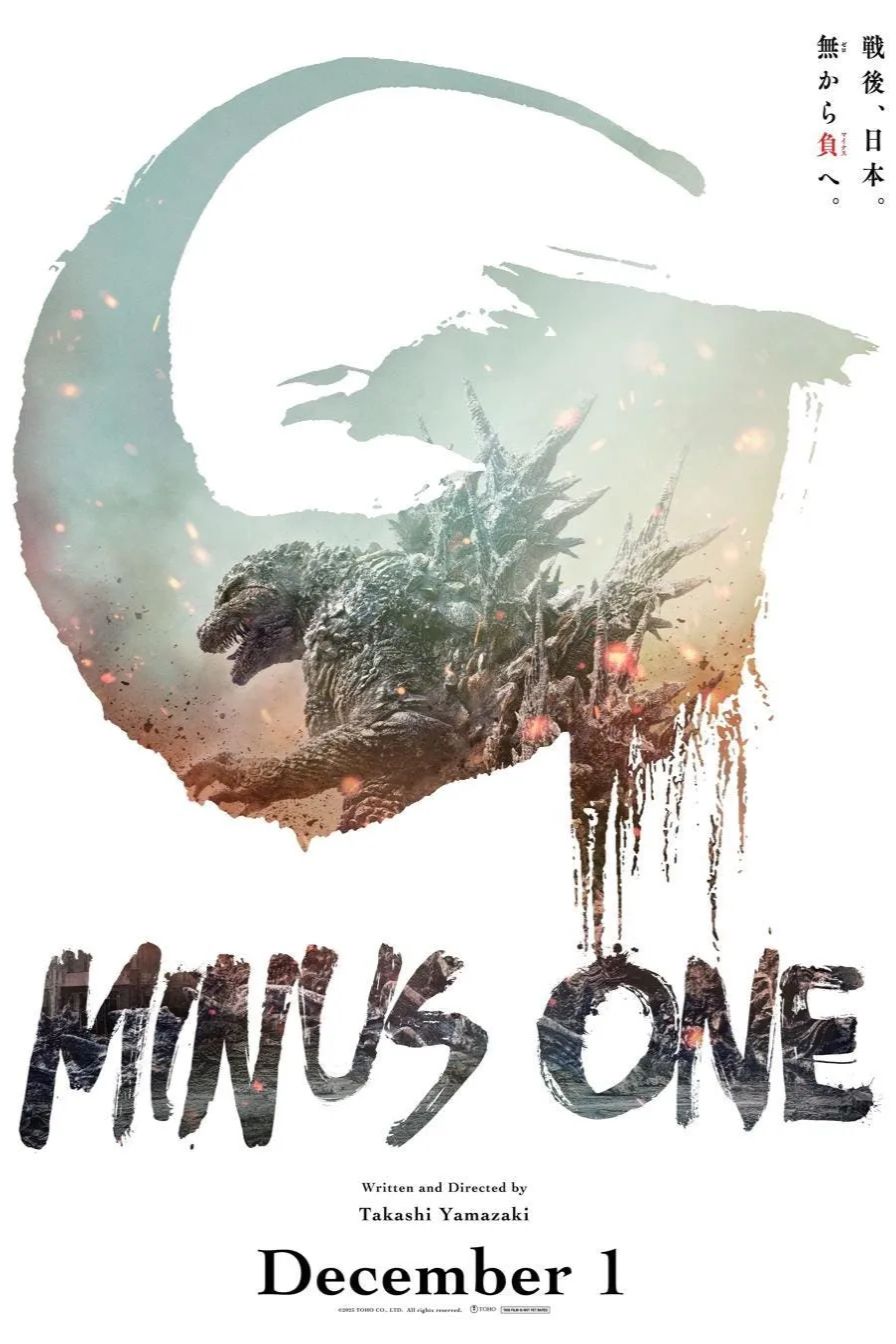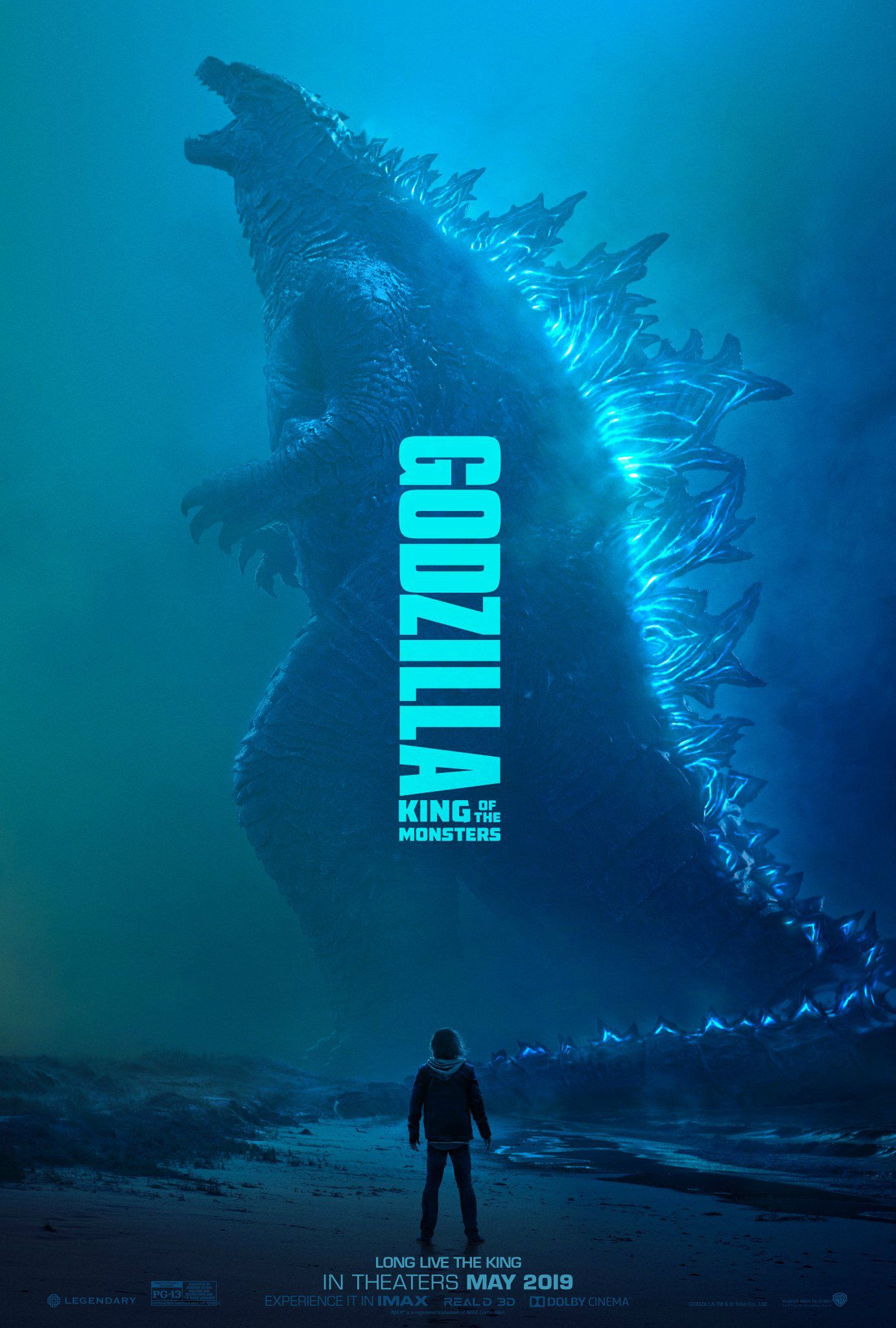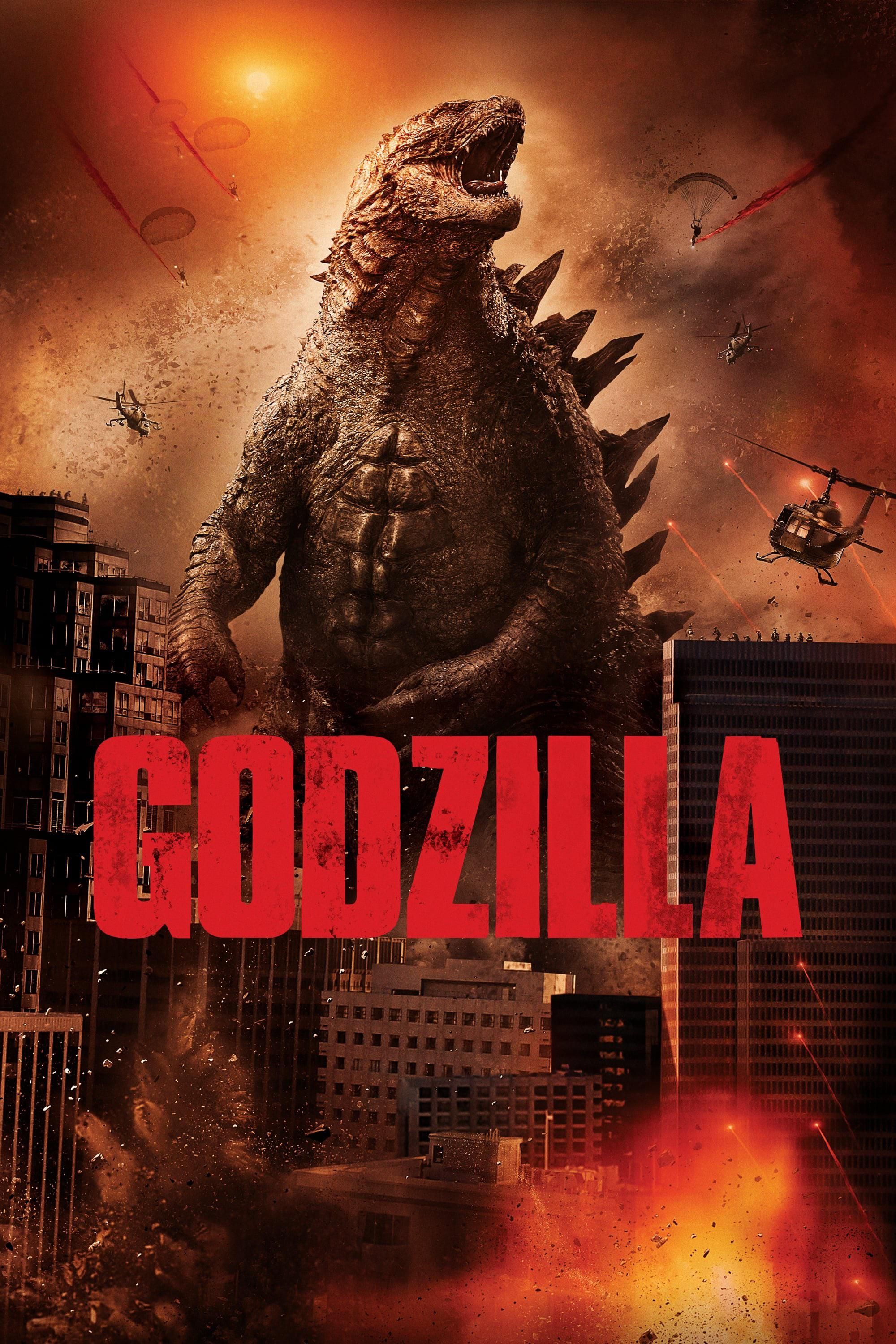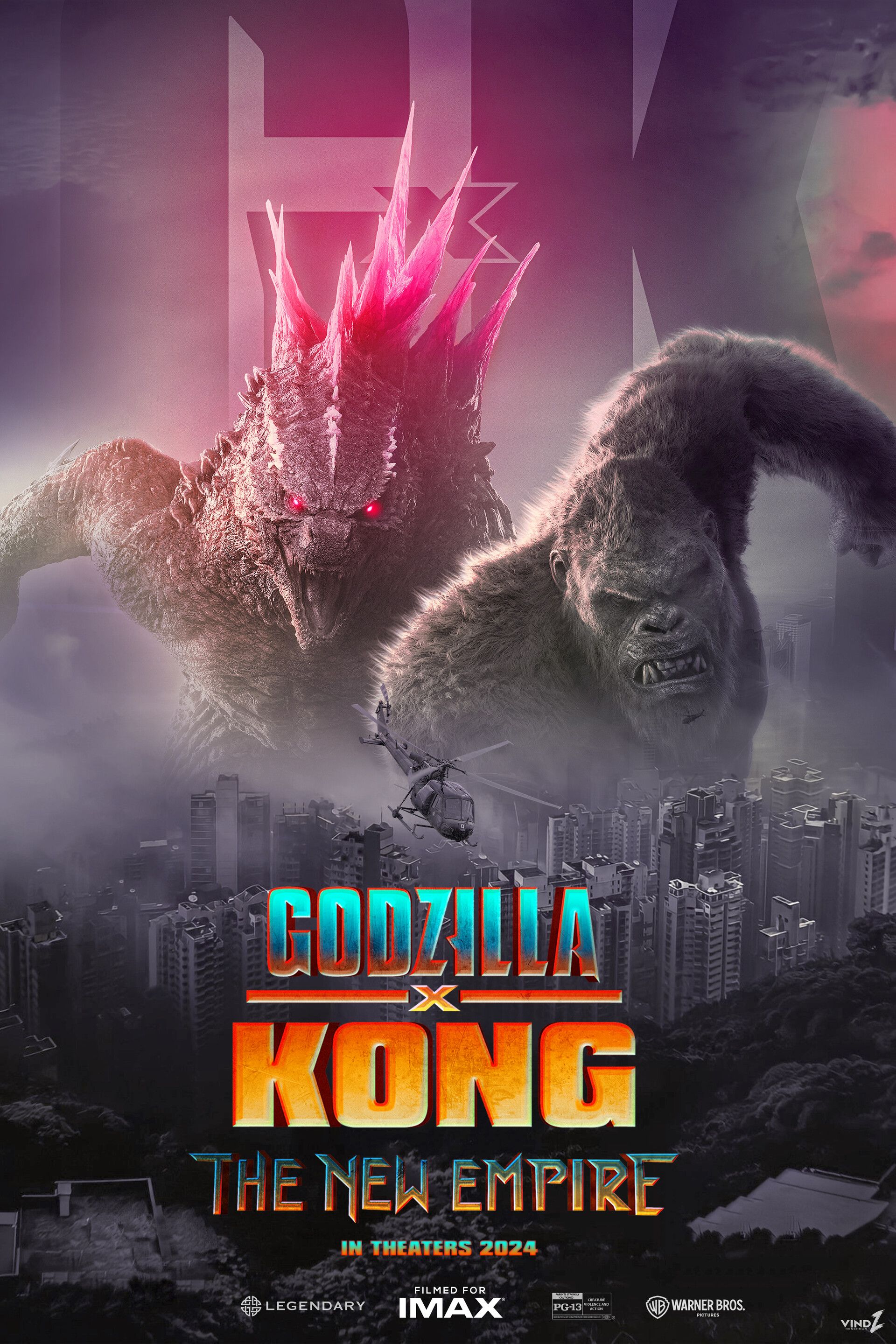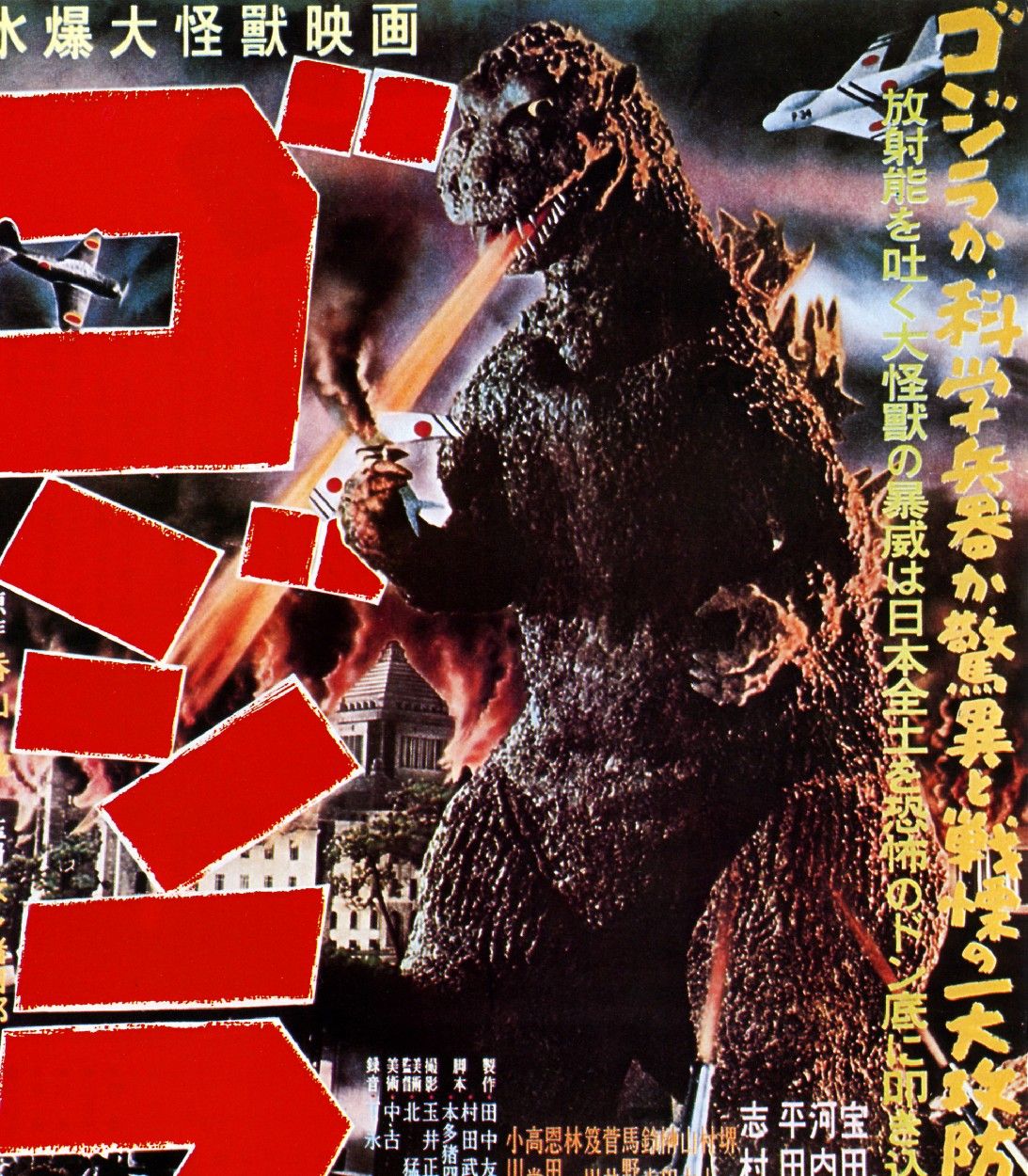Summary
- American Godzillas are faster, while Japanese versions are slow and powerful, reflecting different cultural values.
- Japanese Godzilla movies tackle political and environmental themes, while American movies focus on entertainment.
- Japanese Godzilla is more meaningful, serving as a metaphor for atomic warfare and reflecting Japan’s trauma.
Godzilla is the longest-running movie franchise in history, spawning 33 Japanese movies which were very different from the five American movies that also came out of the franchise. The Japanese movies have some common features just like the American movies do, so the differences between Japanese Godzilla and American Godzilla can be tracked. This reveals an interesting set of themes, threads, and patterns running through Godzilla as a franchise, American cinema, and Japanese cinema.
Japanese production company Toho is virtually synonymous with the Godzilla name, boasting total ownership of the IP – it declared Godzilla its “Intellectual property (IP) treasure.” Helming all 33 Japanese Godzilla movies and approving all the American movies, the Japanese corporation licensed out its monster to the global market. Despite this, there are many creative differences between Toho’s own movies and the American pictures that earned their license. The 1998 TriStar Pictures’ Godzilla and the subsequent Legendary Pictures movies Americanized the franchise and brought their own values to bear on the beast.
Related
Pink Godzilla Explained: New Color, Stronger Powers In Godzilla X Kong
Godzilla x Kong: The New Empire equipped Godzilla with a pink-colored upgrade. But it never would have worked without a specific Titan’s involvement.
10 Some American Godzillas Moved Fast
Japanese Godzillas Were Immovable
The Godzilla of some of the American movies was fast, whereas the most iconic Japanese Godzillas were slow. This simple change seems at once like a superficial difference of little meaning and a bizarrely impactful change. The emblematic Godzilla of Japanese culture was an immovable mountain that no amount of gunfire could dislodge, which was actually a key part of its power. This Godzilla was riffing off the paleontological notion of many huge dinosaurs being incredibly slow, but more importantly, was creating a sense of its invincibility.
While the Japanese Godzillas of the original 1954 movie and Godzilla Minus One lumbered slowly through cities, the Godzilla of TriStar’s 1998 movie ran through the streets at an alarming pace. Godzilla x Kong: The New Empire also displayed its titular giant lizard moving at a fast pace in combat with Kong. These iterations of the beast were less successful than their slower counterparts, and perhaps this had something to do with their pace – it made them just like any other Hollywood monster of recent years and less like the quintessential Godzilla.
9 Some Japanese Movies Featured Godzilla Straight Away
Many American Movies Had More Build-Up
Many American Godzilla flicks teased their giant monster gradually before finally debuting it, but some of the Japanese movies dived straight into the action. While this is by no means a definitive difference between the Japanese and American Godzilla movies, Japanese Godzilla narratives beginning in media res felt like a unique element of kaiju cinema. The first shot of Godzilla in both Godzilla Minus One and Shin Godzilla came at around the four-minute mark.
…kaiju movies insist on being their own genre and on serving a purpose other than just horrifying or tantalizing the viewer.
Contrast this with the 2014 Godzilla movie, which didn’t really show Godzilla until about 40 minutes in. Many Japanese movies took their time to show Godzilla too, but the ones that didn’t occupy an original space in film. Horror and thrillers are built around suspense, and the pacing establishes a denouement whereby the horror is revealed in all its glory. Climactic reveals can come around halfway through a movie or toward the end. Rejecting this and showing Godzilla right away, kaiju movies insist on being their own genre and on serving a purpose other than just horrifying or tantalizing the viewer.
8 Eastern And Western Monsters Have Different Esthetics
There’s No Recreating Japanese Fantasy
Influenced by the Kami of Shinto tradition, Japanese monsters have a unique quality that doesn’t appear in American cinema, and Godzilla is no exception to this norm. As far as versions of Godzilla go, TriStar’s 1998 monster looked the least like the original and the most like a T-Rex, defying whatever was Japanese about the idea and actually inspiring Steven Spielberg to create Jurassic Park. Though not received well critically, this movie was formative for many ’90s kids, and its impact was felt in cinema.
Shin Godzilla, on the other hand, may be the most Japanese of the bunch. The creativity of the design of this Godzilla stood out above the rest, blessing viewers with five different forms. Shin Godzilla’s multiple forms explored the theme of metamorphosis present in lots of body horror, which was cemented by the uncanny, poignant humanity of the creature’s appearance. Shin Godzilla looked almost more like a burn victim than a dinosaur, and became more humanoid in shape as it went on. Akira’s profound influence on Japanese cinema was felt here, along with Japan’s obsession with the tentacle-like worm beast.
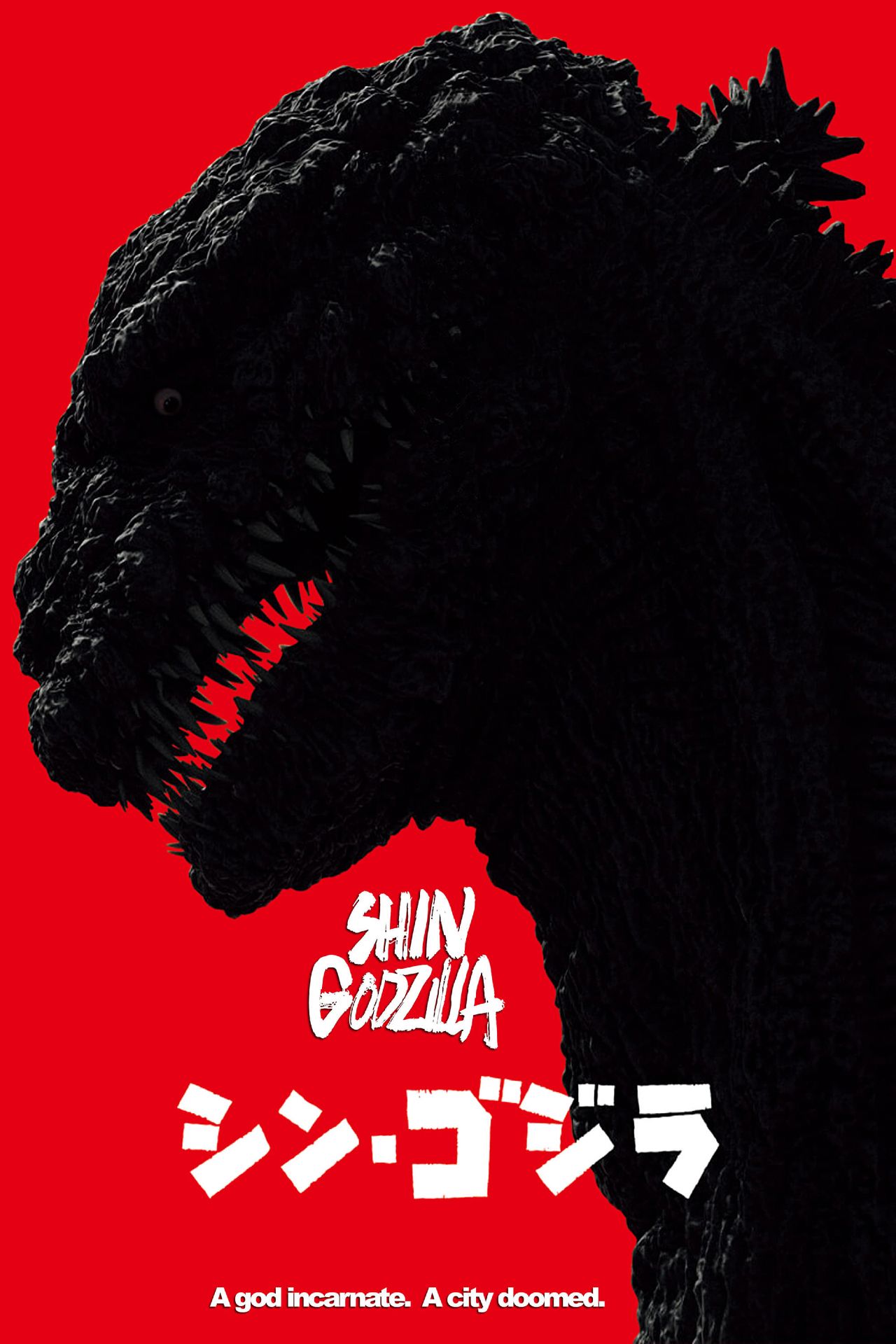
Shin Godzilla
The 2016 kaiju action movie Shin Godzilla reboots the franchise with the titular monster rampaging through Tokyo. Produced by Toho, the film was a box office success in Japan and preceded the reboots Shin Ultraman and Shin Kamen Rider.
- Director
- Shinji Higuchi
- Release Date
- July 19, 2016
- Writers
- Hideaki Anno
- Cast
- Hiroki Hasegawa
- Runtime
- 120minutes
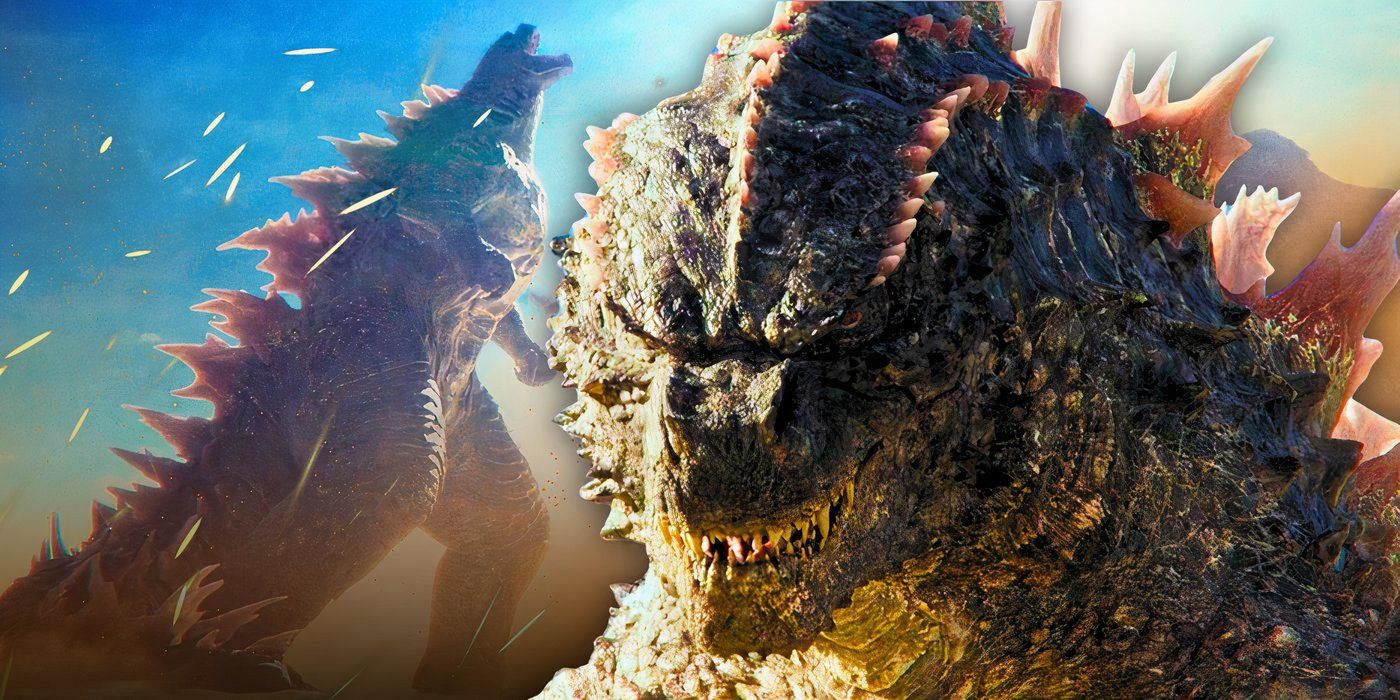
Related
How Many Fights Godzilla Has Won In His Movies
Godzilla has fought many monsters over the franchise’s 70-year run and, according to figures, has the most wins throughout Toho and Monsterverse.
7 Godzilla Is More Multi-Dimensional In Japan
More Japanese Movies Explore Its Good Side
Not all American Godzilla movies have Godzilla in an antagonistic role, but lots more Japanese movies explore the potential protagonism of the character. Godzilla: King of the Monsters in 2019 and Godzilla in 2014 are two American movies where Godzilla played the hero – to a certain extent. But Godzilla fights other monsters who pose a far worse threat to humanity in numerous other Japanese flicks.
…moral ambivalence was reflected in Japan’s moral exploration of Godzilla and even in the victimhood of Shin Godzilla’s appearance, hemorrhaging its own blood and evincing a bizarre pathos.
The ambiguous morality of demons and monsters is a reality of Japanese fiction, myth, and legend across its various forms. Japan has a range of archetypal monsters known as yōkai that are not necessarily good or evil but range in behavior and type from malevolent spirits to mischievous creatures. The kami Gods of Shinto myth occupy a similar ethical position. This moral ambivalence was reflected in Japan’s moral exploration of Godzilla and even in the victimhood of Shin Godzilla’s appearance, hemorrhaging its own blood and evincing a bizarre pathos.
6 The Best Japanese Movies Centered Around Human Drama
American Godzilla Movies Don’t Do This As Well
The Godzilla of 2014 may have the most human interest out of the American Godzilla movies, which says it all – Japanese movies take the crown when it comes to the drama genre. 2014’s Godzilla was a good entry to the franchise, and the movie that pitted Godzilla against Kong in 2021 also reinvigorated Godzilla, but it’s only some of the Japanese movies that created multifaceted human characters.
Godzilla Minus One was a kaiju movie, but also a war movie and a period drama; it provided an original story that cut right to the heart of the monster’s message by harking back to the original context. The original 1954 Godzilla that launched the kaiju genre – the giant monster genre – was about so much more than just a giant reptile. It was about the social problems hitting humanity. Action was set against detailed character-driven drama to drive home the impact of Godzilla’s worst attacks in Godzilla Minus One, to refreshing effect.
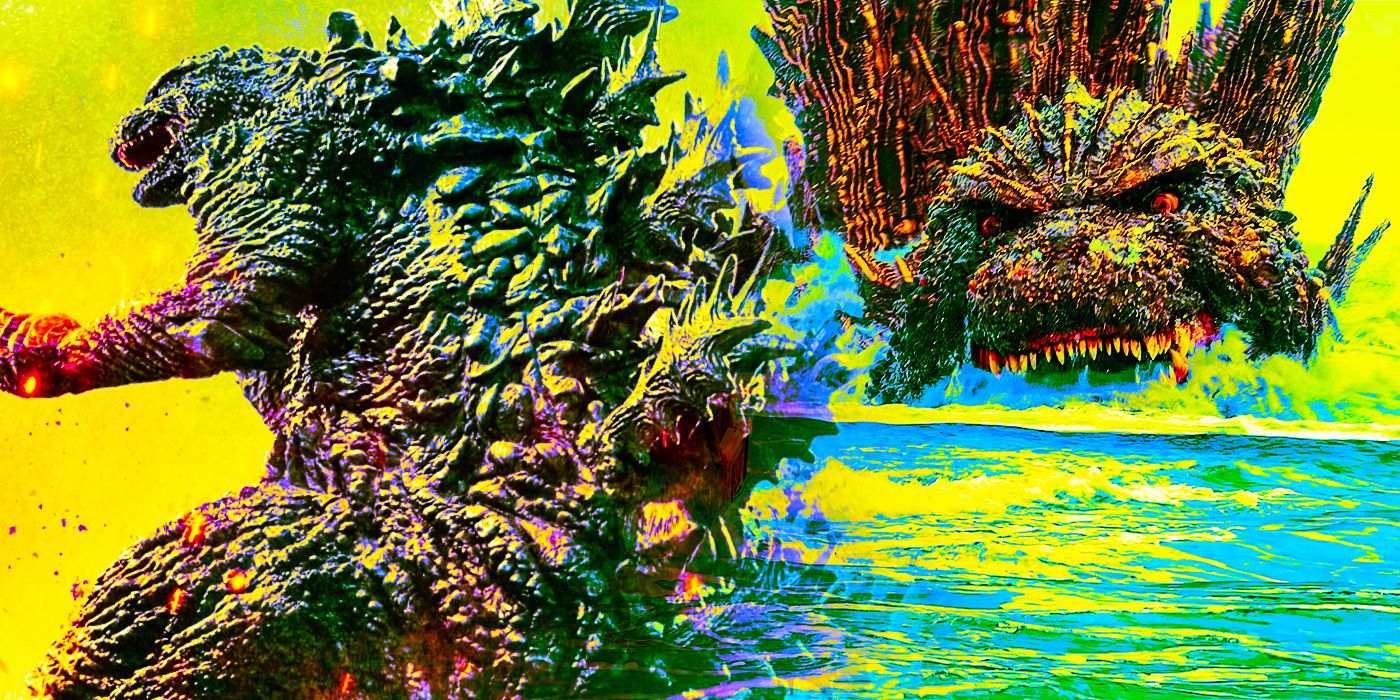
Related
Godzilla Minus One Ending Explained
Godzilla Minus One featured a few twists that require explaining, along with where all of the characters wound up at the end of the action.
5 MonsterVerse Movies Are More Thriller Than Kaiju
MonsterVerse Americanized The Kaiju Concept
MonsterVerse Godzilla movies Americanized the concept of Godzilla and brought the movies away from the typical kaiju movie and toward the thriller, action, and adventure genres more familiar to American audiences. This made them a staple of American cinema. It also brought Godzilla to a wider audience, which can only be a good thing for Toho’s pivotal franchise.
The addition of the Monarch organization to the story is symptomatic of this overall Americanization. The Legendary Pictures and Warner Bros. movies weren’t content with Godzilla as a symbolic obstacle for humanity to contend with. Rejecting the symbolism present in the Japanese originals, these movies instead decided to build intrigue into a story, of which Godzilla was just one part. This world-building started by creating an action-adventure setting whereby Godzilla could face off against Kong, in balance with a scientific team focused on saving the people.
4 Japanese Godzilla Broached Environmental Themes
Shin Godzilla Was A Modern Parable
Shin Godzilla provided a metaphor for the 2011 Fukushima Daiichi nuclear disaster, plus the Tōhoku earthquake and subsequent tsunami, whereas environmental concern didn’t come through in the American movies so much. In Shin Godzilla, numerous parallels were drawn between Godzilla and the Japanese disasters, especially around nuclear waste. Shin Godzilla suggested the idiocy of the Japanese government, highlighting its incompetence in managing humanitarian crises of a national scale. These tragedies that killed tens of thousands of people were remembered in the movie through their grotesque symbol, Shin Godzilla.
The American Legendary Pictures movies, as well as the first American Godzilla attempt in 1998, focused on delivering high-octane action sequences that would provide entertainment value to the masses. An American movie that almost felt closer to the original Godzilla movie, and subsequent Japanese entries to the franchise, may be Cloverfield. This 2008 monster movie, like Shin Godzilla, gave the sense of humanity’s enemy as a force of nature and explored the human response to this.
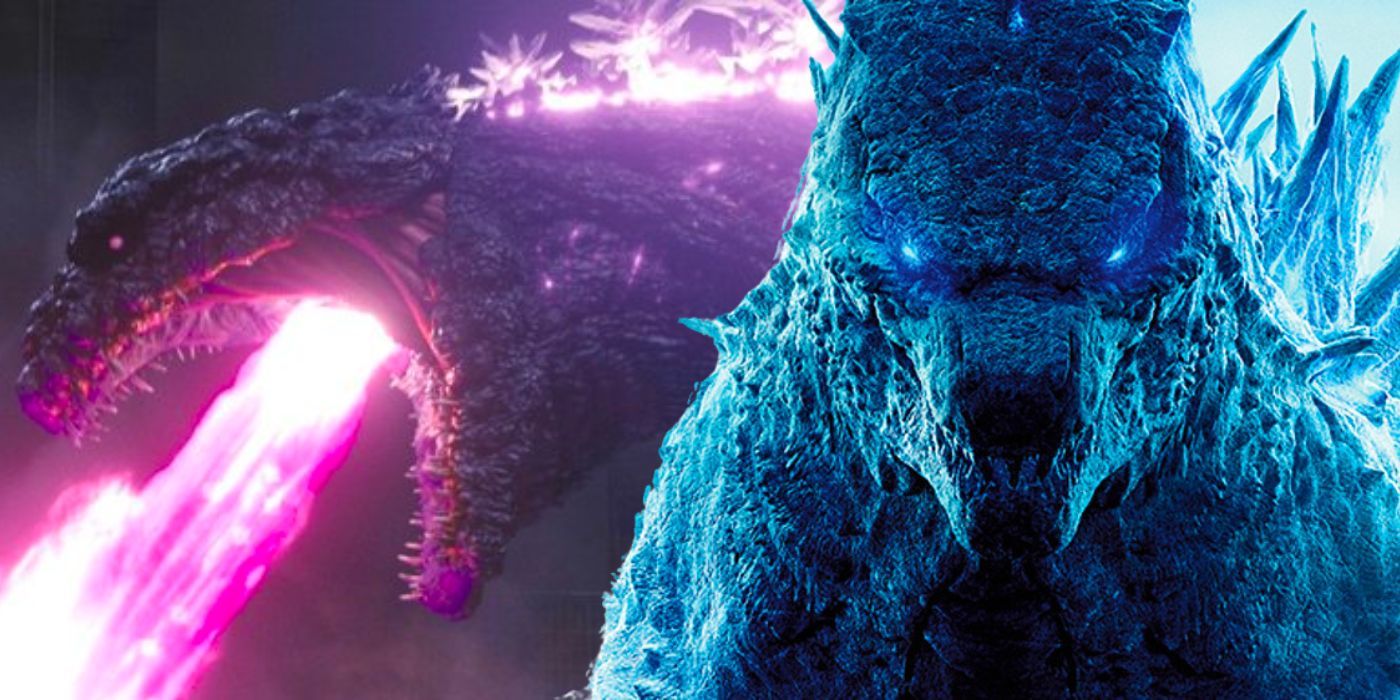
Related
All 4 Versions Of Godzilla’s Atomic Breath, Power Levels & Origins Explained
Godzilla’s atomic breath is his signature ability, but it has changed in appearance and strength throughout his extensive on-screen history.
3 Japanese Movies Have A Lower Budget
American Godzillas Are More High-Tech
While Japanese Godzilla movies often carried an important message, their special effects were normally dwarfed by the impressive sheen of the American Godzilla movies. The Godzilla of 1954, Godzilla Minus One, and Shin Godzilla represent only three highlights of Japan’s Godzilla track record, with Destroy All Monsters and The Return of Godzilla also rating highly. But none of these managed the realism of Legendary Pictures’ titanic Godzilla.
…most American
Godzilla
movies have more money than sense, but they are nonetheless silly fun…
2024’s Godzilla x Kong: The New Empire painted a convincing picture of the kaiju, building on the Godzilla that had featured in previous MonsterVerse movies. Fighting Kong, this Warner Bros. Godzilla was made for the big screen and met Hollywood’s needs. One is left with the distinct sense that most American Godzilla movies have more money than sense, but they are nonetheless silly fun and have great movie marathon potential.
Japanese Godzilla Is More Meaningful
To oversimplify things – if American Godzilla movies have more money than sense, then Japanese Godzilla movies have more sense than money. These lower-budget Godzilla movies didn’t have the same access to CGI or practical effects as the more recent American movies, so they couldn’t give their monsters the same lurid realness. However, Godzilla has an important cultural significance in Japan. The 1954 movie processed Japan’s trauma after the bombings of Hiroshima and Nagasaki through Godzilla’s nuclear destruction.
On August 6, 1945, the USA detonated an atomic bomb over the Japanese city of Hiroshima, and on August 9, it detonated another over Nagasaki. In some estimates, 210,000 were killed, with radiation still causing carcinogenic and developmental after-effects to this day.
Godzilla, in this movie, was disturbed by underwater hydrogen bomb testing, creating the start of its cautionary tale about the dangers of nuclear war. Functioning as a metaphor for atomic warfare and weapons of mass destruction, Godzilla was titanic and seemingly invincible, incinerating vast swathes of Tokyo. The anti-war sentiment in this movie was glaring and echoed throughout many Japanese Godzilla movies down the line.
American Movies Are Less Political
Some of the best Japanese Godzilla movies have a political tone, and without over-simplifying the complexity of Japan’s relationship with the US, comment on the US’s role in Japan’s troubles over the years. American movies lack this kind of politicism, pursuing big-budget entertainment instead. It’s no surprise that powerful Hollywood studios prefer to leave this identifying feature of the Godzilla story out of its own versions of events.
While the US was involved in the response to the disaster in Shin Godzilla, it still represented a complex relationship with the US. Godzilla Minus One’s wartime epic documented Japan’s struggles in the wake of WWII, making numerous references to the US’s involvement. Meanwhile, The Return of Godzilla took aim at the Cold War in its exploration of international relations, pitting Soviet and American forces against each other with Godzilla at the center of it.



